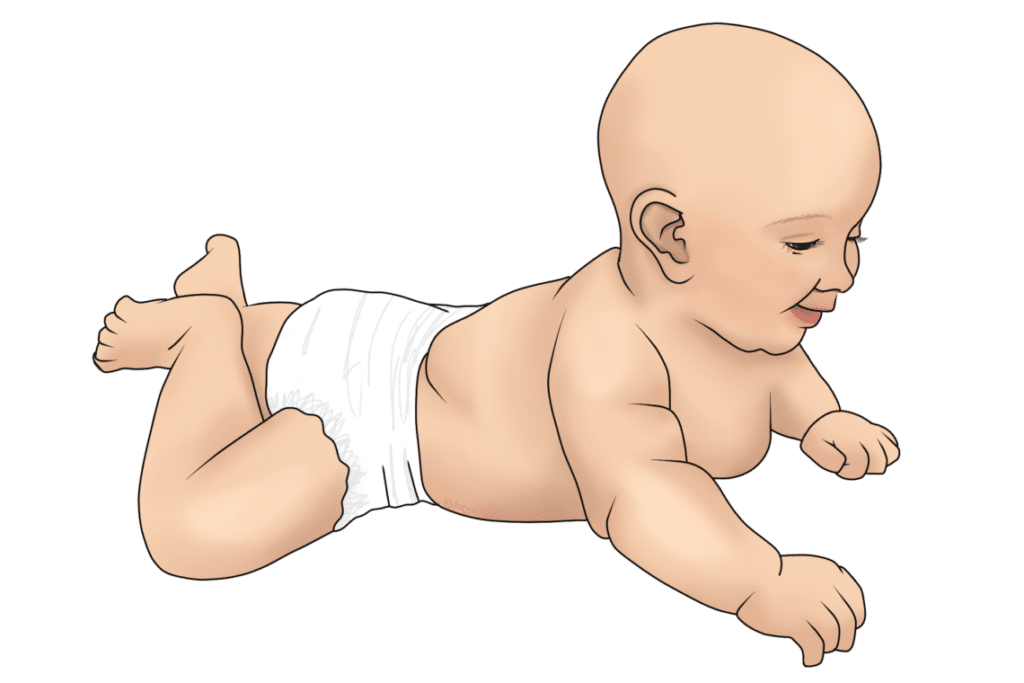

Cranial osteopathy for babies is no stranger to celebrities. Kate Lawler of Virgin Radio is one of the latest to seek treatment for her newborn.
Cranial osteopathy involves gentle treatment of the head and neck. Adults can be treated cranially too, but as babies’ skull bones are not solidly fused, they may be more receptive to treatment. Techniques are gentle, and focus on minute movements of the skull and neck joints.
Your osteopath may also want to work more locally on problem areas. Like with adults, sometimes a baby might have a tight muscle that’s causing discomfort. Direct, gentle stretching might be the quickest way to make progress.

Birth is inherently traumatic to babies, and can leave them with areas of tension. Even babies who had relatively easy births can have problems like torticollis, where the neck is tight on one side. This might be subtle, but can still make feeding difficult, or lead to a flat spot on the head due to continued pressure on one side. Young babies can only communicate by crying, so sometimes an unsettled baby might actually be a baby with tension. Subtle aches and pains might interfere with sleep without leaving many other clues.
Other celebrity parents to recently seek cranial treatment for their babies include Pippa Middleton and Cara De La Hoyde. Their babies’ colic and general fussiness were the reasons for pursuing treatment.
During the first session, your osteopath will take a full case history, asking you about baby’s current health and anything relevant from pregnancy or birth. They may then ask you to undress baby so they can examine them. This might involve moving joints and feeling how baby moves on their own. Other times the osteopath may be more focused on the head and neck alone. Treatment itself is not much of a spectator support. Subtle movements in the head and neck are performed while baby is in a relatively comfortable position. Periodically, your osteopath may reassess the problem areas to monitor how treatment is going.
Your osteopath may also treat other areas of the body directly. Sometimes babies hold tension in the diaphragm, which can be associated with digestive issues like reflux. It can also limit how deeply they can breathe, and encourage further tightness in the neck and shoulders. Treating the diaphragm directly is sometimes the quicker way to get results, or treating in conjunction with work on the neck can help. The nerves that supply the diaphragm leave the spinal cord in the neck, so the two areas together can be useful.
All osteopaths must be registered with the GOsC. This means that they have completed a recognised qualification, which might be a DO, BSc, or M.Ost.
Cranial osteopathy can be learnt in a post-graduate course. Some courses are specifically focused on treating babies and children, whereas others are more general. Depending on the course, your osteopath may have additional letters after their name, or they might just have their osteopathy qualification.